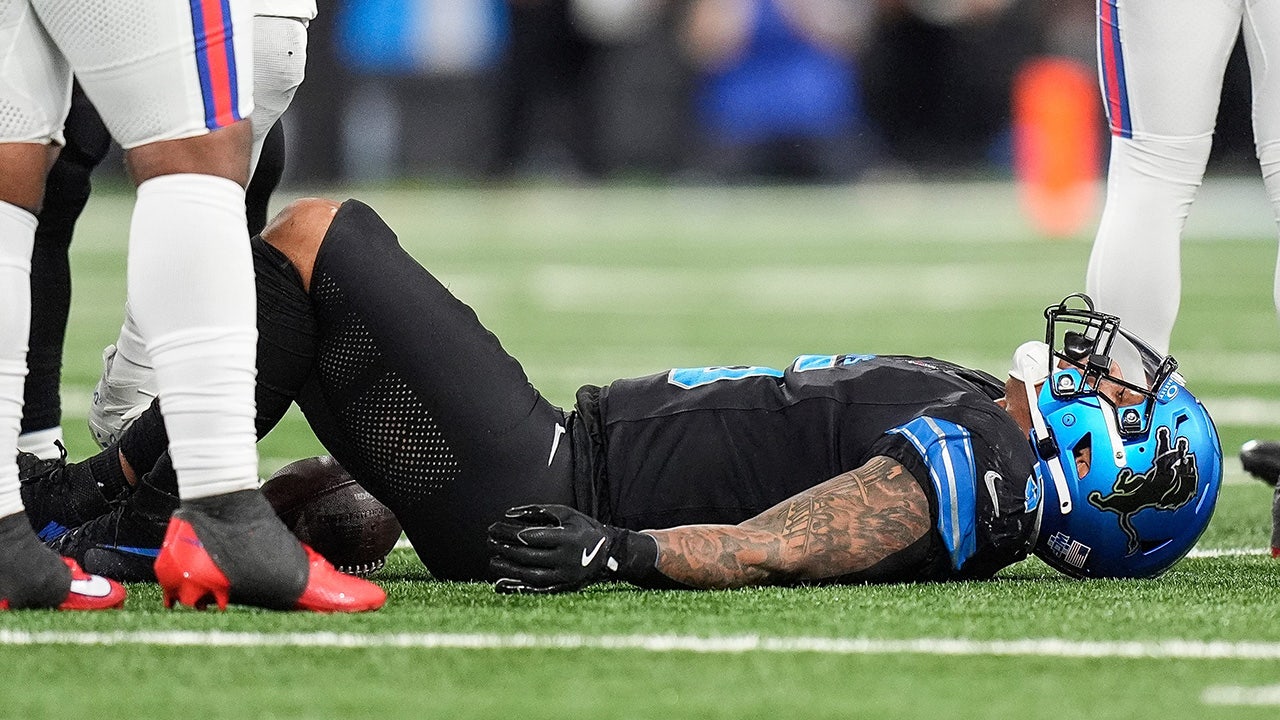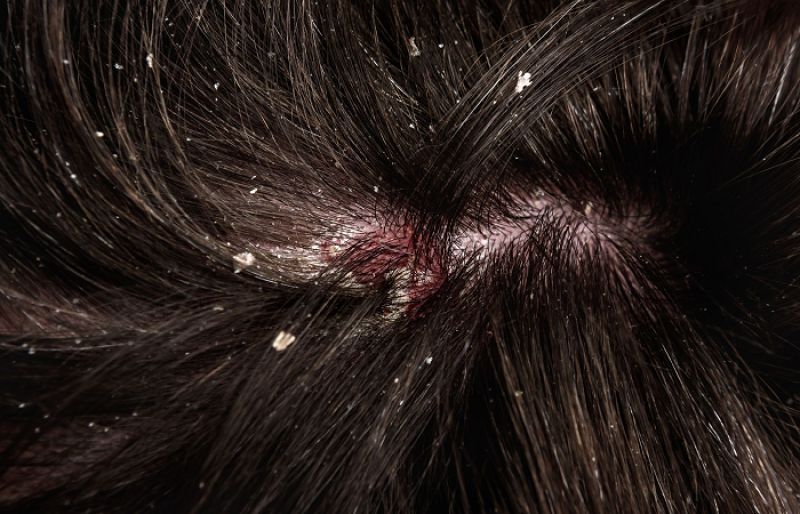If you’re avoiding all of your dark clothing, and a hat has suddenly become a necessary accessory, it might be time to face the facts:You have dandruff. It’s annoying, it’s frustrating and it’s embarrassing, but the good news is that it’s not that hard to get rid of.
Dandruff is not contagious, and it’s usually not caused by anything too serious. In fact, the most common cause of those flakes is dry skin. You might also notice dandruff if you’re not washing your hair often enough — without frequent shampooing, the oil and skin cells can build up on your scalp and eventually flake off.
Of course, dandruff can also be an indicator of more serious skin conditions. In many people, seborrheic dermatitis — a condition marked by oily, irritated skin — can cause flaky skin on the scalp and on other areas of the body.
Allergies to hair care or scalp care products (also called contact dermatitis) and psoriasis are other contributors to dandruff, as is an excess of a type of fungus called malassezia on the scalp.
Because it is such a common problem, there are many options for getting rid of dandruff. In addition to anti-dandruff shampoos, there are also over-the-counter creams and lotions that can help reduce your dandruff. In extreme cases, your doctor can prescribe medicated shampoos or creams.
You can make some small changes to your lifestyle to reduce your dandruff, too. Too much stress can cause dandruff, so keeping your stress level to a minimum or finding an outlet for it can help. Easing up on styling products such as mousse, balm, gel and volumizer can also help reduce flakes.
Though it’s hard to get rid of those pesky flakes for good, there are many things you can do to keep them at bay.
Most dandruff treatments are relatively inexpensive and easily accessible. One common and often successful way to keep the flakes from piling up on your shoulders is to use an anti-dandruff shampoo. Doctors suggest using anti-dandruff shampoo daily, leaving the product in your hair for five minutes and rinsing completely .
When your dandruff is under control, you can decrease your use to two to three times per week. If the type of anti-dandruff shampoo you’re using stops working, you can try alternating it with a different kind of shampoo.
Be aware, though, that not all anti-dandruff shampoos are the same. Different ingredients treat different causes of dandruff. Zinc pyrithione shampoos are antibacterial and antifungal. Tar-based shampoos contain coal tar, which might work well for treating dandruff caused by seborrheic dermatitis.
Selenium sulfide shampoos also slow down degeneration and can reduce fungus, but be careful — they can discolor lighter shades or chemically-treated hair. Shampoos with salicylic acid help eliminate patches on your scalp, but they can also leave your skin very dry. Ketoconazole-based shampoos are antifungal; you might want to give them a try if nothing else works, because they are stronger than the other types of dandruff shampoo.
If anti-dandruff shampoo alone doesn’t get the job done, you can try combining it with cortisone and antifungal creams. These are usually sold over-the-counter, as are most anti-dandruff shampoos, but if your dandruff just won’t ease up, stronger versions of both treatments are available by prescription from your doctor.














































